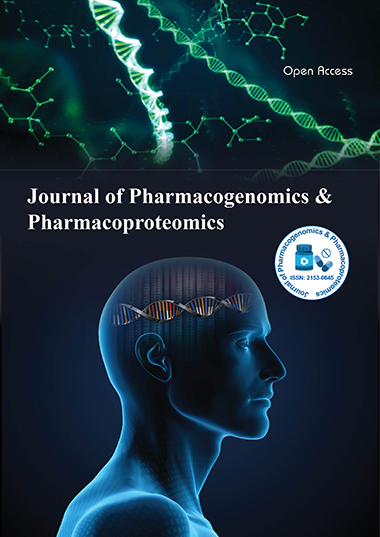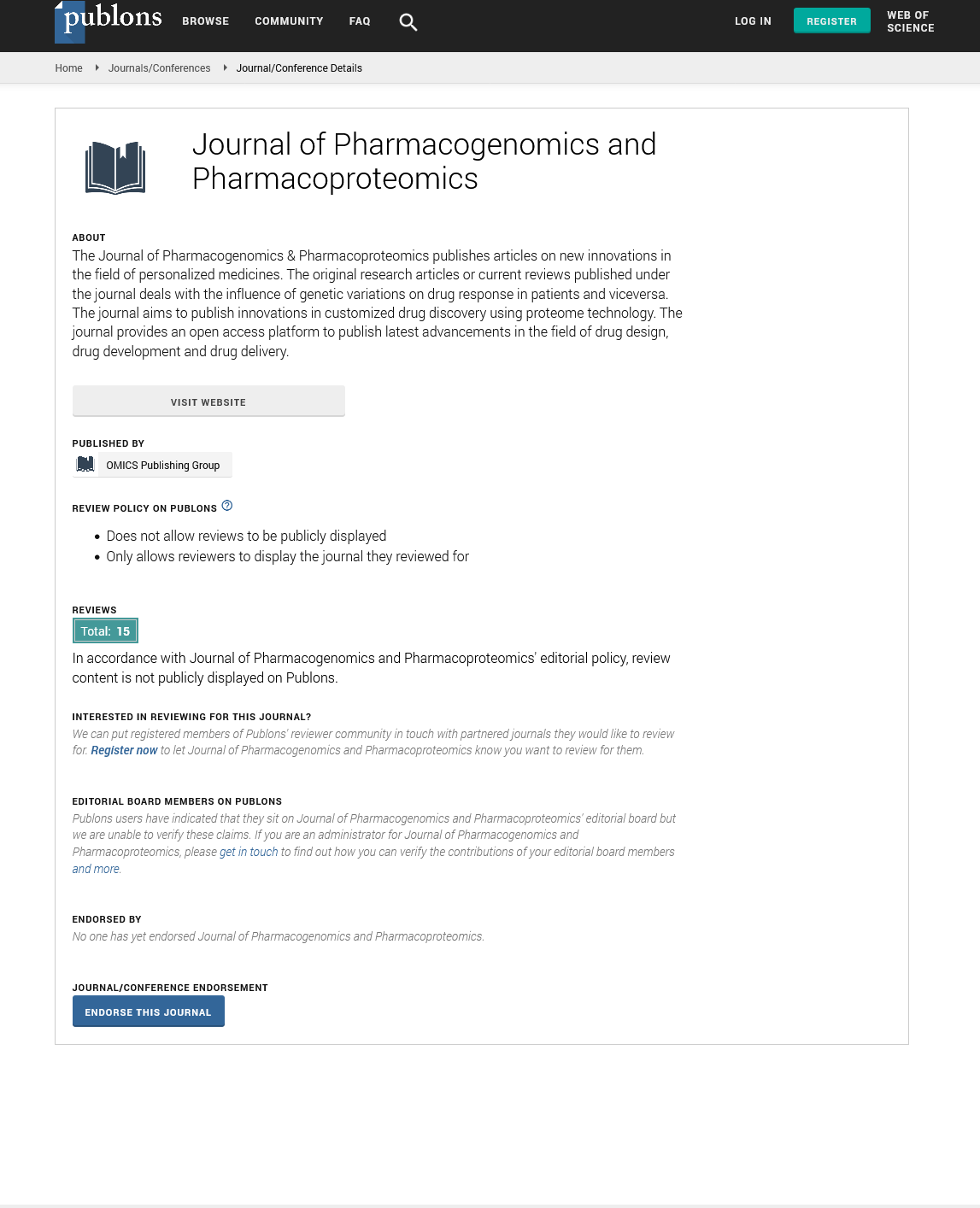Indexed In
- Open J Gate
- Genamics JournalSeek
- Academic Keys
- JournalTOCs
- ResearchBible
- Electronic Journals Library
- RefSeek
- Hamdard University
- EBSCO A-Z
- OCLC- WorldCat
- Proquest Summons
- SWB online catalog
- Virtual Library of Biology (vifabio)
- Publons
- MIAR
- Euro Pub
- Google Scholar
Useful Links
Share This Page
Journal Flyer

Open Access Journals
- Agri and Aquaculture
- Biochemistry
- Bioinformatics & Systems Biology
- Business & Management
- Chemistry
- Clinical Sciences
- Engineering
- Food & Nutrition
- General Science
- Genetics & Molecular Biology
- Immunology & Microbiology
- Medical Sciences
- Neuroscience & Psychology
- Nursing & Health Care
- Pharmaceutical Sciences
Magnitude of extended spectrum beta-lactamase producing Enterobacteriaceae at Adama hospital, Adama, Ethiopia
JOINT EVENT ON 6th European Conference on Predictive, Preventive and Personalized Medicine & Molecular Diagnostics & 2nd World Congress on Human Genetics
September 14-15, 2017 | Edinburgh, Scotland
Girma Mulisa Misgana
Adama Hospital Medical College, Ethiopia
Posters & Accepted Abstracts: J Pharmacogenomics Pharmacoproteomics
Abstract:
Statement of the Problem: Beta-lactam group of antibiotics is by far the largest group of antibacterial agents used in clinical medicine and they are among the most frequently prescribed antibiotics worldwide. Despite this fact the emergency and spread of extended-spectrum β lactamases producing bacterial pathogens compromised the use of these novel antibiotics. Prevalence of ESBLs varies from institute to institute. Purpose: The current study aimed to determine the magnitude of extended-spectrum β lactamases producing Enterobacteriaceae. Methods & Materials: Across sectional laboratory based prevalence study was conducted from May 1/2013-June 1/2014. Consecutive non-repeat culture isolates of were obtained from different clinical specimens of 384 clients. Antimicrobial susceptibility was determined by Kirby-Bauer disk diffusion method. All strains which were resistant for cefotaxime and ceftriaxone were selected for checking the extended-spectrum β lactamases production by the modified double disc synergy test. Results: A total 384 different clinical samples from 178 males and 279 females were processed and 133 organisms were isolated of which Enterobacteriaceae were account for 46.61% (62). E. coli (56.45%) is the leading isolate among the Enterobacteriaceae. Twenty-One Enterobacteriaceae were suspected for extended-spectrum β lactamases production and 88.95% of them were confirmed to produce it. Majority of extended-spectrum β lactamases producer were isolated from urine and surgical wound swab with 23.5% (4), 52.9% (9), 17.6% (3) 5.9% (1) were isolated from urine, surgical wound swab, body fluids and ear discharge respectively. E. coli is the leading extended- spectrum β lactamases producer and it accounts for 58.8% while Proteus species, Klebsiella species, E. cloacae, Citrobacter species accounts for 17.6%, 11.8%, 5.9% and 5.9% respectively. Conclusion: Routine detection of extended-spectrum β lactamases producing microorganisms should be done by each laboratory, which helps physicians in choosing an appropriate empirical therapy and conserve powerful antibiotics for life threatening infections.

